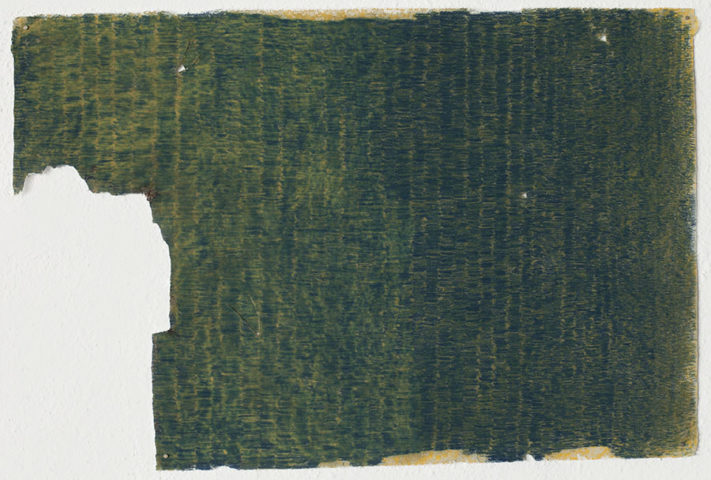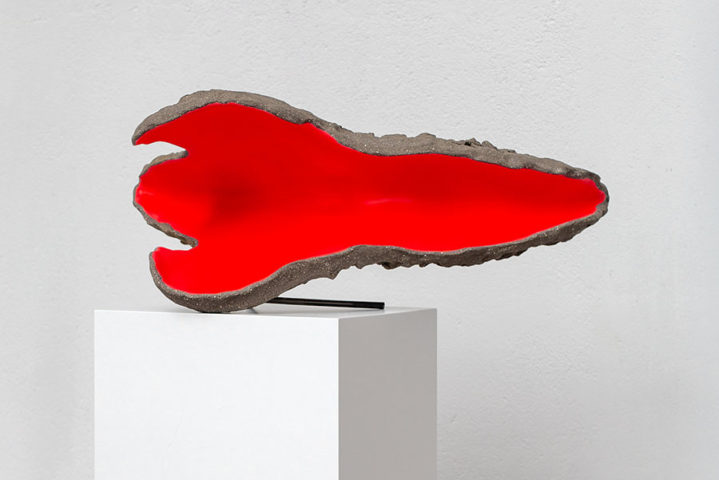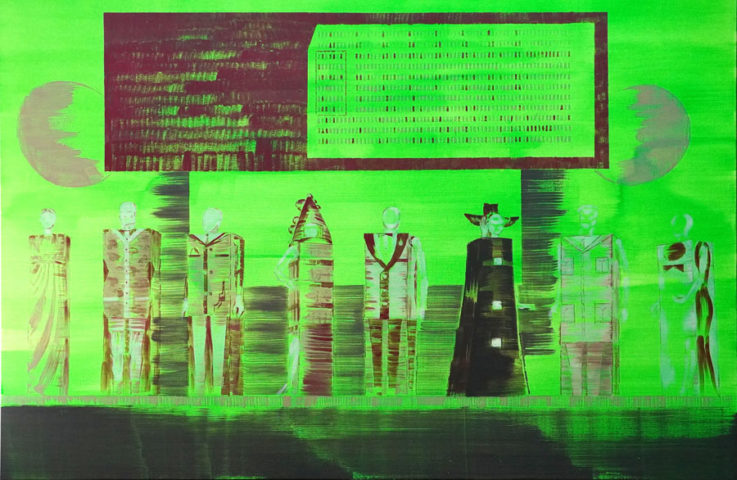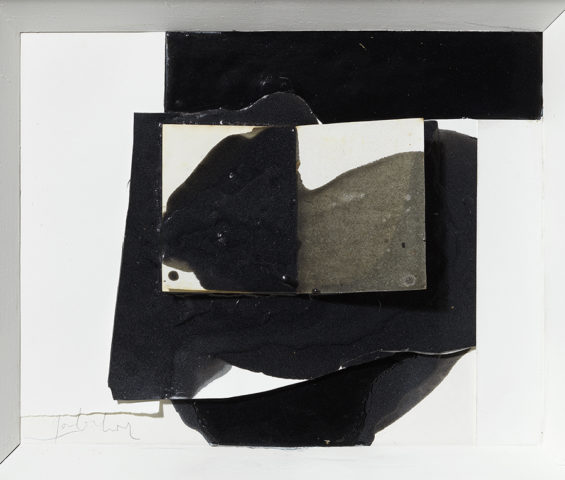Badajoz, 1994
Lives and works in Barcelona
The works by Pablo del Pozo have a strong autobiographical character, linked to the experiences of the artist. The feeling of belonging to a place, displacement and nostalgia are subjects that concern him. From the characteristics of the materials used (clay, plaster, pigments and also found objects), he seeks to talk about the precariousness of life, thus generating a reflection on the daily reality.




